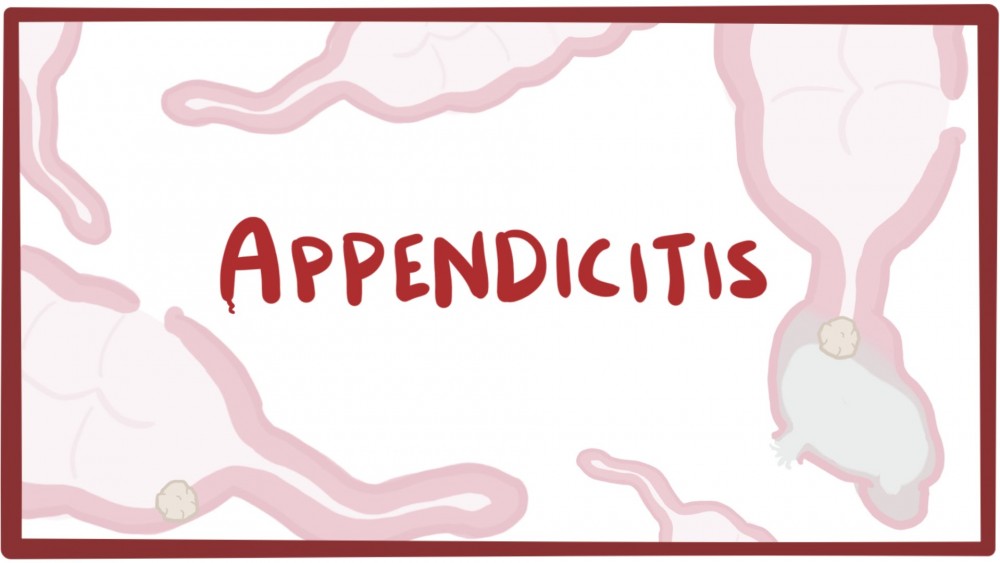
Dr Temsutoshi Longkumer
Junior Consultant, Surgery Department, CIHSR
What is Appendix?
Appendix (Vermiform appendix) is a tubular, worm shaped structure which is located at the junction of the caecum(beginning of the large intestine) and ileum (the last part of the small intestine) in the right side of the lower abdomen. ‘Vermiform’ is a Latin word meaning worm shaped. Its size and length may vary from one person to another.
The vermiform appendix was long thought to be just a vestigial organ but it has been found to play an important role in our immune function and also maintaining beneficial good bacteria in our intestines.
What is Appendicitis?
Appendicitis is a surgical condition when the lumen of the appendix is blocked and inflamed leading to growth of bad bacteria within it and accumulation of pus. It is the most common cause of abdominal pain in young adults attending the emergency department and also appendicectomy (surgical removal of the appendix) is the most common emergency abdominal operation performed.
Appendicitis may be acute or chronic and is most commonly seen in childhood and young adults up to 30 years of age. As age increases the risk of developing appendicitis is quite small.
What causes Appendicitis?
The exact cause of appendicitis in unknown.However it is believed that appendicitis occurs when a part of it is blocked due to hardened stool, enlarged lymphoid follicles, undigested food particle, intestinal worms, tumours, etc.
It may also be due to increased consumption of refined carbohydrates and lack of fibres in our diet.
When the appendix is blocked, it allows bacteria to proliferate,leading to formation of pus and swelling thus causing pain and discomfort.
What are the symptoms of Appendicitis?
When anyone develops appendicitis, he or she may experience one or more of the following symptoms:
• Pain in and around the umbilicus initially
• Pain is later on felt in the right lower abdomen
• Nausea
• Vomiting
• Loss of appetite
• Fever
• Diarrhoea or constipation
• Abdominal swelling
What will happen if appendicitis is left untreated?
In appendicitis, the appendix is inflamed and swollen with pus inside. In some patients it may subside on its own even without treatment. But in most patients,if left untreated and the appendixbursts, the pus may spill out to fill the whole abdomenleading to serious complications.
Our body has its own defensive mechanisms so the abdominal fats (omentum) will try to control the spread of the infection in the abdomen by localizing the pus to one area causing an abscess formation.In five to seven days it will form an appendiceal mass (Phlegmon) which may be felt as a swelling or a lump in the right lower abdomen.
What tests are done to diagnose Appendicitis?
Most of the experienced doctors will be able to diagnose acute appendicitis just asking the details of the symptoms and examining the patient properly.However, some tests are done not just to help in the diagnosis but also to make sure that the pain is not due to some other causes other than appendicitis. It is because though appendicitis may be the most common cause of right lower abdominal pain, there are also lots of other conditions that may cause similar pain which need to be treated differently.
Some of the most commonly tests done are:
• Complete blood count
• Urine analysis
• Ultrasound of the Abdomen
• CT scan of the abdomen
What are the treatment options for Appendicitis?
Treatment is offered depending on the time of presentation to the hospital:
Surgery for removal of the appendix called Appendicectomy is done if patient comes to the hospital early after onset of pain. It can be done as an Open or Laparoscopic surgery. The later procedure causes lesser pain after surgery and so recovery is faster and is also associated with lower risk of wound infection. It also gives better cosmetic result due to smaller scar.
If patient presents late to the hospital and an abscess has already formed, then surgery maybe done or treat only with antibiotics, pain killers and other supportive cares.
Sometimes if the abscess collection is big enough, it can be drained out by putting a needle into the abdomen under ultrasound guidance.
Surgery is also advised later after 8 to 12 weeks in patients who have already developed abscess or appendiceal mass. Such patients are initially treated with antibiotics and pain killers.
Conclusion:
Acute appendicitis is one of the most common cause of abdominal pain in young adults which require hospital admission and proper treatment. Though it may resolve on its own in some few patients, if not treated in time it may lead to serious complications. If you seek medical help in time, it can easily be removed by a simple surgical procedure called appendicectomy. Laparoscopic removal of the appendix can be even more painless with almost no surgical scars.
Though there is no proven way to prevent appendicitis, it has been found that the risk of appendicitis is lower in those who eat diets rich in fibres. High fibre diets include fruits and vegetables, peas, beans and other legumes, oatmeal, brown rice, etc.
If you experience symptoms of appendicitis seek medical help as soon as possible. Don’t wait for the appendix to burst/rupture which will lead to more pain and longer hospital stay and extra cost.






